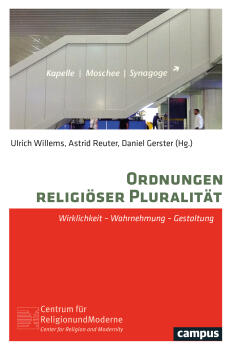Reality, Perception and Arrangements of Religious Plurality

The book analyzes how religious plurality was always part of different epochs, regions and religious cultures. The term “religious plurality“ is on everyone’s lips. In current public debates it is usually assumed that the diversity of religions is an especially modern phenomenon. At the same time, however, historic research paints a different picture: religious plurality does not appear to be a novelty in the history of religion. It can be found in ancient cultures as well as in the European Middle Ages, which are too often portrayed as a monolithic-Christian epoch. But how does the ancient reality of religious plurality differ from our contemporary situation? How did different religious cultures perceive religious plurality, and how do different religious cultures do so today? How do different religious conceptions of the world and ways of life relate to non-religious, secular ones? And, finally, how do historic changes of reality and perception effect possibilities to arrange orders of religious plurality? The contributions to this volume explore these questions. They exemplarily discuss cases from different epochs, regions and religious cultures, and interpret the development of reality, perception and arrangements of religious plurality against the background of their sociocultural, legal, political and economic contextual conditions.

